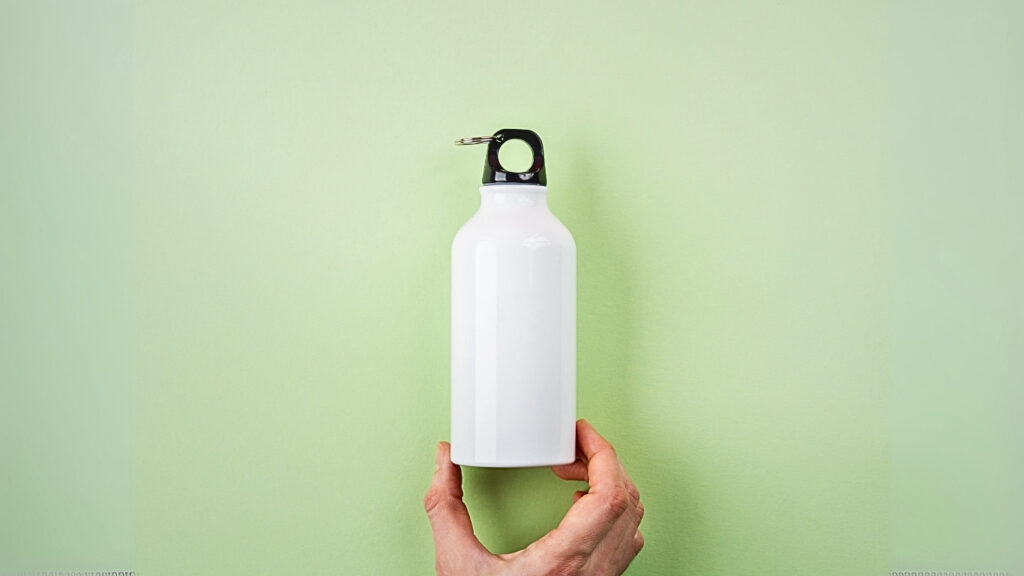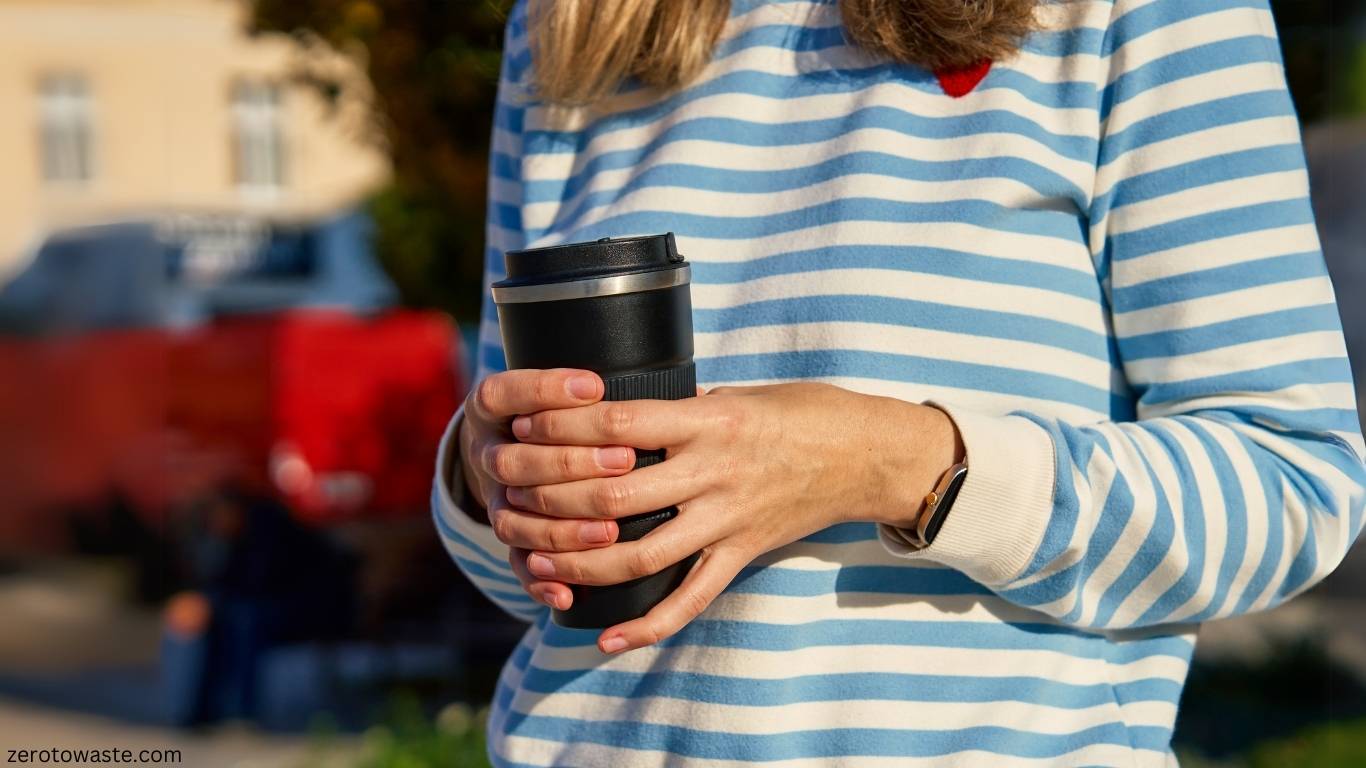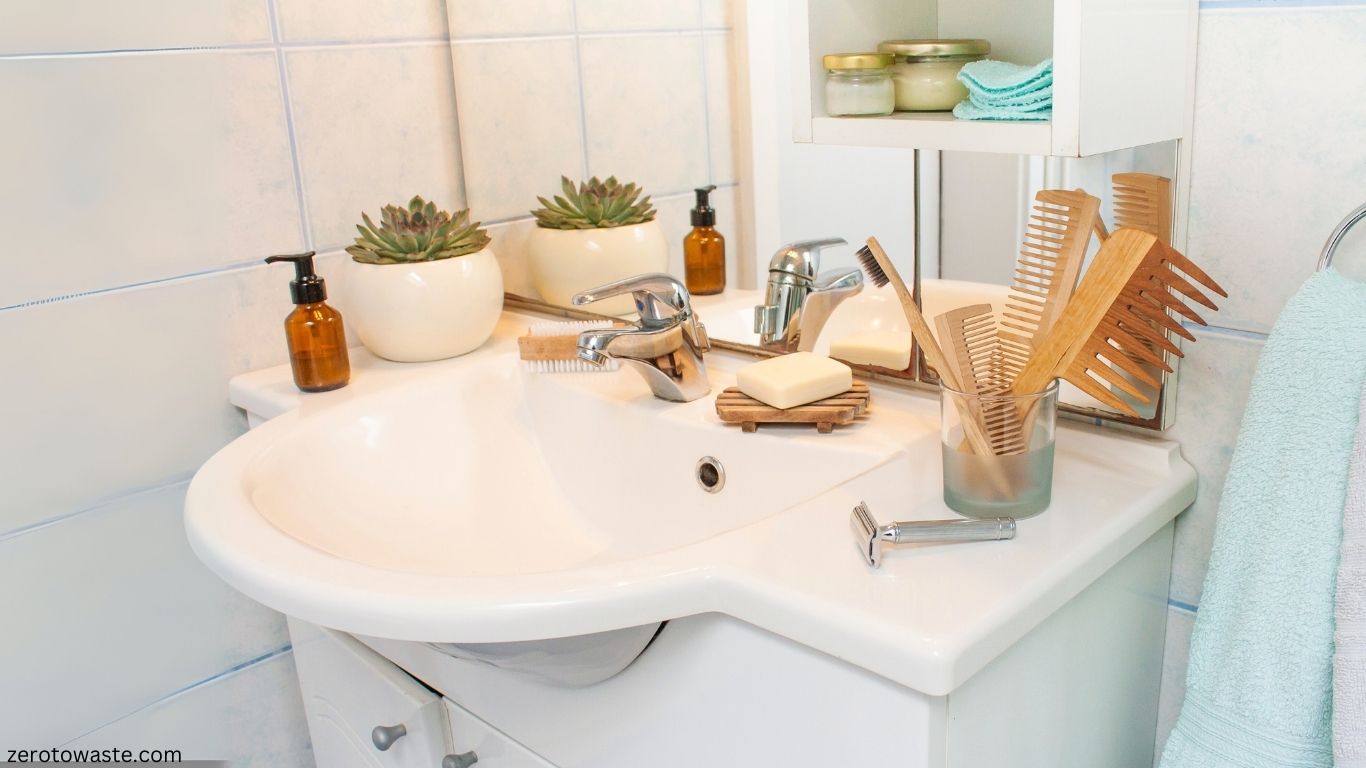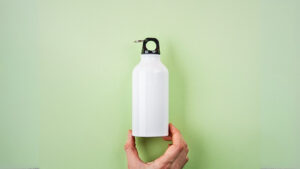Imagine a world where your trash bin doesn’t fill up every week—where your choices actively reduce pollution and make a tangible impact on the planet. Sound impossible? Not with the right tools and mindset.
Starting your zero-waste journey can feel overwhelming. What should you buy first? Do you need to spend a fortune? The good news: transitioning to a zero-waste lifestyle doesn’t require a massive investment upfront. Instead, it’s about making intentional choices, beginning with a few versatile, sustainable items. Let’s dive into the essential items every beginner needs to kickstart their zero-waste journey.
Why Start with Zero-Waste Essentials?
Before diving into the checklist, it’s important to understand why these first purchases matter. Starting with the right tools helps you:
- Reduce dependency on single-use plastics like straws, bottles, and bags.
- Save money over time by replacing disposable items with reusable ones.
- Ease the transition into sustainable living without overhauling your entire lifestyle at once.
Step 1: The Must-Have Reusables for Daily Life
Reusable Water Bottle
Investing in a high-quality reusable water bottle is a game-changer. Not only does it cut down on single-use plastic waste, but it also encourages you to stay hydrated on the go. Brands like Hydro Flask or S’well offer durable, insulated bottles that keep drinks hot or cold for hours.
According to a 2023 study by EarthWatch Institute, the average person uses over 150 plastic water bottles annually. Switching to a reusable bottle can save approximately $300 per year.

Reusable Tote Bags
Plastic bags are one of the biggest contributors to pollution, with billions ending up in oceans yearly. A sturdy tote bag made from canvas or recycled materials can replace hundreds of plastic bags in your lifetime. Keep one in your car, purse, or backpack for spontaneous shopping trips.
Cities like Amsterdam have introduced laws banning single-use plastic bags in stores, increasing the demand for reusable alternatives.
Stainless Steel or Bamboo Cutlery Set
Ditch the disposable utensils with a portable cutlery kit. Perfect for meals on the go, these sets often include a fork, knife, spoon, and chopsticks. They’re lightweight and easy to carry in your bag or lunchbox.
Beeswax Wraps or Silicone Food Covers
Say goodbye to cling film and aluminum foil with reusable food wraps. Beeswax wraps, made from cotton and natural beeswax, can keep leftovers fresh. For vegans, silicone food covers work just as well and are endlessly reusable.
Step 2: Tools for a Sustainable Kitchen
Glass or Stainless Steel Storage Containers
Invest in durable, reusable containers to store pantry items, leftovers, and bulk goods. Glass jars, in particular, are perfect for holding grains, spices, and coffee beans.
Many bulk stores allow customers to bring their own containers, saving on packaging waste. In 2024, Package-Free Shop reported a 50% increase in customers using their own containers.

Compost Bin
Even if you don’t have a backyard, countertop compost bins make it easy to manage food waste. Look for compact models with charcoal filters to keep odors at bay. Composting turns organic waste into rich fertilizer for plants, reducing what ends up in landfills.
Step 3: Essentials for On-the-Go Sustainability
Travel Mug or Thermos
For coffee lovers, a reusable travel mug is a must. Many cafes even offer discounts for customers who bring their own cups. Starbucks, for instance, gives a 10% discount at its UK outlets for reusable cup users.

Reusable Straw
Plastic straws are among the top 10 items found in ocean cleanups. Switching to reusable straws made from stainless steel or bamboo is a small change with big environmental benefits.
Foldable Food Container
Ideal for dining out, foldable containers let you pack leftovers without resorting to single-use takeaway boxes. Brands like Stasher offer collapsible silicone containers that fit neatly into bags.
Step 4: Affordable Zero-Waste Swaps for Beginners
Bar Soap and Shampoo Bars
Switch to package-free options like bar soap and shampoo bars. They last longer, reduce plastic waste, and are travel-friendly. Popular brands like Lush offer eco-friendly options.

DIY Cleaning Kits
Rather than buying chemical-filled cleaners, make your own with ingredients like vinegar, baking soda, and essential oils. Store them in glass spray bottles for an eco-friendly touch.
According to Good Housekeeping (2023), DIY cleaning solutions reduce costs by 70% annually for households.
Step 5: Zero-Waste Mindset Investments
Digital Planner or Notebook
Go paperless by using apps like Notion or Evernote to track tasks, groceries, and notes. If you prefer writing, opt for a reusable notebook like Rocketbook.
Secondhand Finds
Before buying anything new, explore thrift stores or online marketplaces for preloved items. From clothing to furniture, secondhand shopping reduces demand for new production.
In 2024, ThredUp reported that secondhand shopping saved over 1 billion pounds of CO2 emissions worldwide.
Tips for Choosing Your First Zero-Waste Items
- Start Small: Focus on the items you’ll use daily, like a water bottle or tote bag.
- Prioritize Quality: Durable, long-lasting items often cost more upfront but save money over time.
- Go Local: Support nearby businesses or markets that sell sustainable products.
Ready to Begin Your Zero-Waste Journey?
Adopting zero-waste essentials doesn’t have to be overwhelming. Start with a few key items, and as these become part of your routine, gradually add more. Remember, every small change you make contributes to a larger impact. So grab your tote bag, fill your water bottle, and take that first step toward a more sustainable future today!



